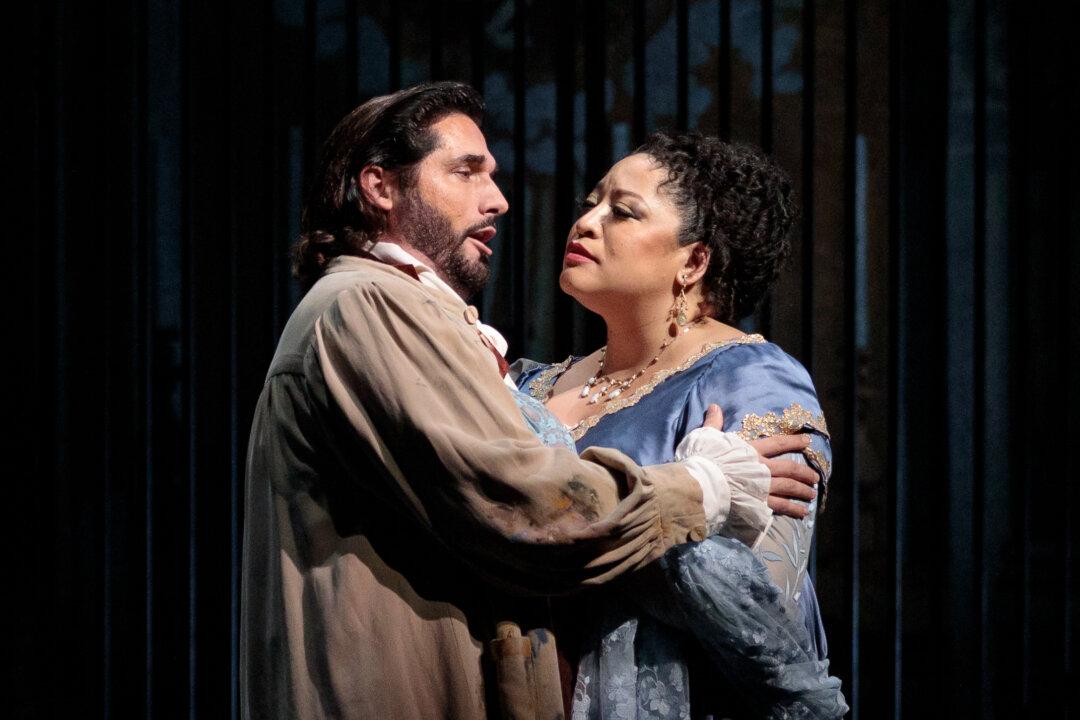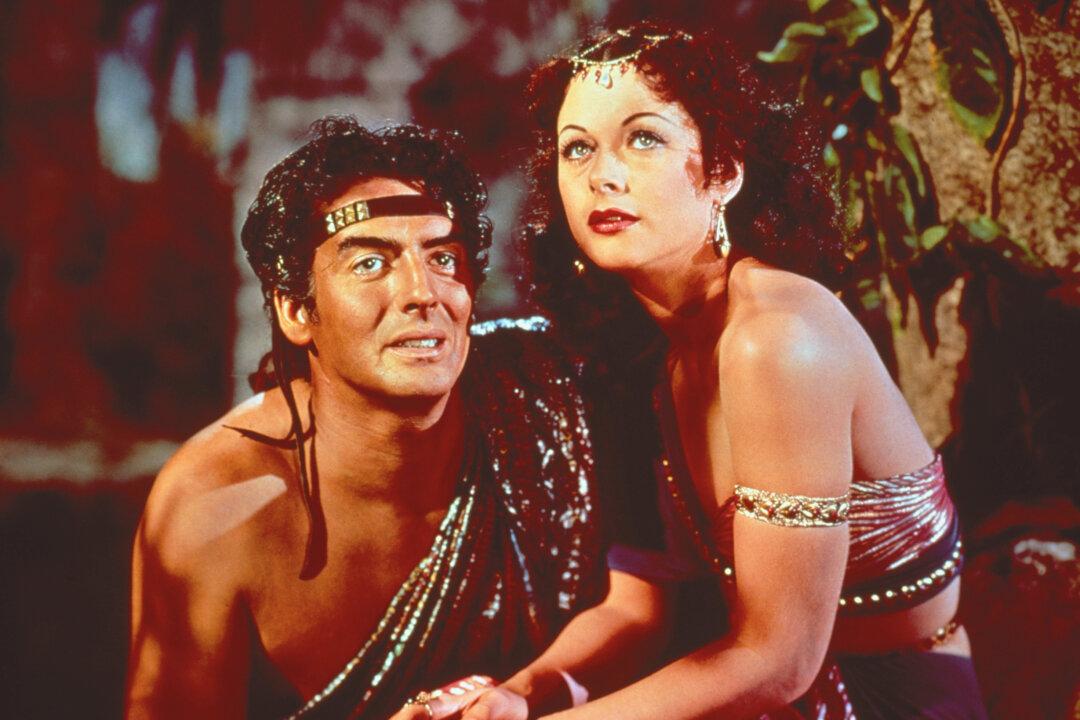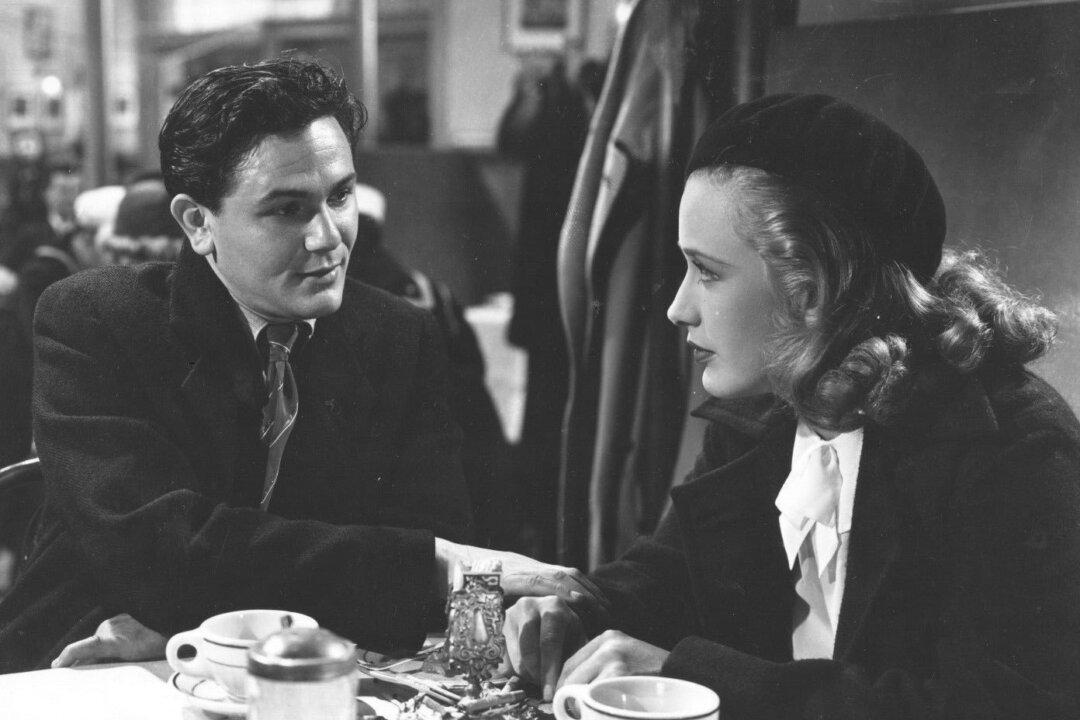Commentary
On March 31, I went to see San Diego Opera’s production of “Tosca.” I’ve followed this company’s news and programming for years, but I had never seen one of their productions before. Since I knew several singers in the chorus of “Tosca,” I decided to submit a media inquiry to review the show. I went to the third of four shows, which were on March 25, 28, 31, and April 2. It was performed at the Civic Theater in downtown San Diego, a beautiful venue for performing live arts. I was pleasantly surprised by how traditional and artistic the production was.





